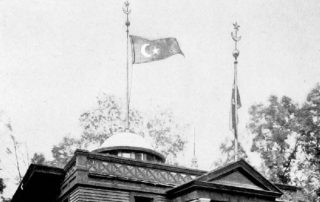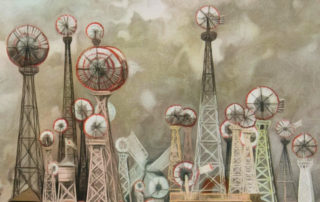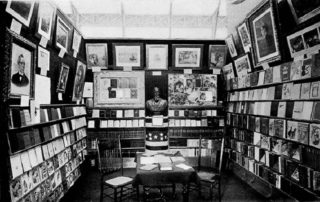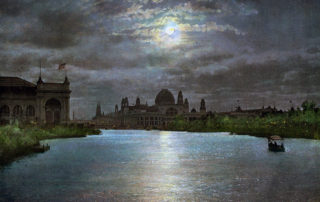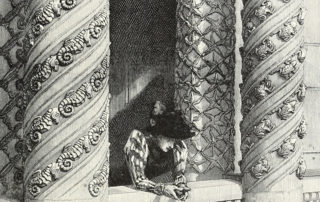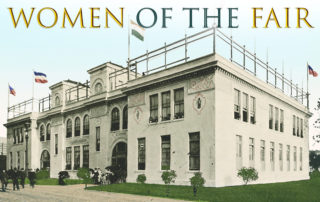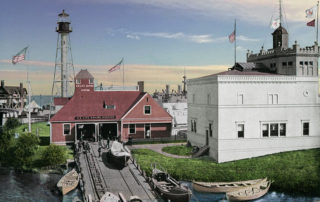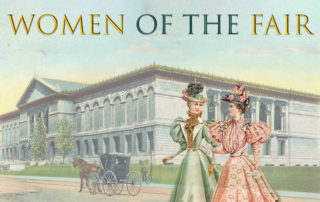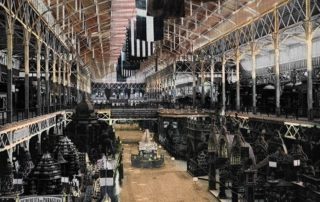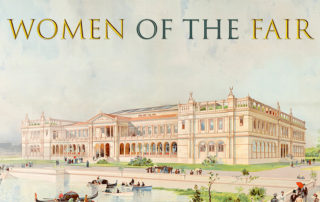“The American Spirit of Liberality and Freedom” Reaches Turkey
This note in the April 9, 1894, issue of the Duluth (MN) Evening Herald shared an opinion about how the 1893 World’s Columbian Exposition promoted the spread of an “American spirit of liberality and freedom” internationally … and an example of falling short of that ideal within the Ottoman Empire. The Office of the Turkish Commissioners building, designed by Chicago architect J. A. Thain. stood behind the main Turkish Building on the southeast side of the North Pond. [...]

